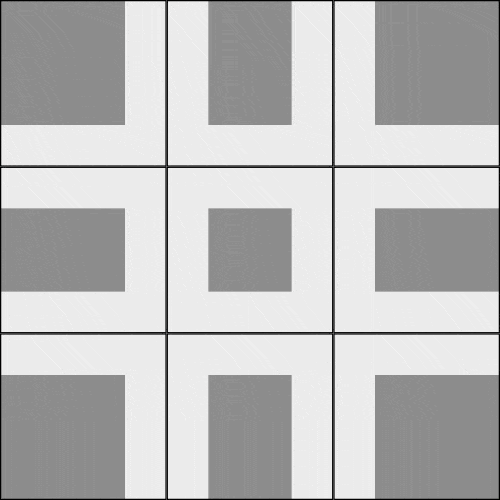- Home
- Custom Nodes
- ComfyUI_TiledKSampler
ComfyUI_TiledKSampler
This is a tiled sampler for ComfyUI. It can denoise larger images by splitting them into smaller tiles. It has additional settings like tile width, height, and tiling strategy. There are four tiling strategies: random (reduces seams by randomizing tile positions but has overhead), random strict (avoids cropping border tiles with masking), padded (gives tiles more context via padding, compatible with uni - samplers), and simple (divides image into a static grid). The roadmap includes features like latent masks, control nets, and adaptors, with tile - wide control nets and adaptors still to be implemented.
BlenderNeko
Description
Tiled Sampling for ComfyUI_TiledKSampler

This repository provides a tiled sampler for ComfyUI. It enables denoising larger images by dividing them into smaller tiles and processing these tiles individually. By progressively denoising all tiles one step at a time and randomizing tile positions at each step, it aims to minimize visible seams in the final result.
Settings
The ComfyUI_TiledKSampler includes several additional settings to further control its behavior:
- tile_width: The width of the tiles.
- tile_height: The height of the tiles.
- tiling_strategy: The method used for tiling.
Tiling Strategies
Random
The random tiling strategy seeks to minimize visible seams by gradually denoising the entire image step-by-step, with tile positions randomized at each step. It alternates between horizontal and vertical brick-like patterns, applying random offsets to the pattern each time. As the number of steps increases, the visibility of seams diminishes. While this random offset effectively reduces seams, it introduces additional computational overhead per step and is incompatible with uni samplers.
Visual explanation

Example seamless image
This tiling strategy is particularly effective at hiding seams—even when starting from complete noise, repetitions may be visible, but seams remain undetectable.

Random Strict
A limitation of the random strategy is that it may unfavorably crop edge tiles. The random strict strategy addresses this by using masking to prevent cropping of border tiles. However, this strategy is not compatible with the SDE sampler.
Padded
The padded tiling strategy aims to reduce seams by providing each tile with additional contextual information from its surroundings through padding. It subdivides each tile into 9 smaller sub-tiles, denoising them such that each tile is always surrounded by static context during processing. While this strategy is more prone to seams, its static tile positions make it compatible with uni samplers and free of inter-step overhead. However, padding results in up to four times more tiles needing denoising.
Visual explanation

Simple
The simple tiling strategy divides the image into a fixed grid of tiles and processes them sequentially.
Roadmap
- Latent masks
- Image wide control nets
- T2I adaptors
- Tile wide control nets and T2I adaptors (e.g. style models)
- Area conditioning
- Area mask conditioning
- GLIGEN
